Hi Readers:
Let's take a good look at the total aviation picture of General Aviation (GA) and Air Carrier (the Airlines) to see how we have performed in the past and what is indicated for t he future, particularly for the air traveler. I have taken figures comparing 1986 and 2006, two representative years following the deregulation of the Airlines by the Civil Aeronautics Board (which was abolished in its entirety in 1984). The figures are as stated, researched from the FAA, Department of Transportation, NTSB, NBAA, and the ATA. I must say that the effort to get factual figures was not easy. 1990 was the first year of Recreational Flying, and 2005 was the first year of Sport Flying - therefore, they are not covered here.
___Certificated Pilots___
...........................1986...............2006
Students................150,273.............91,200
Private.................305,736............243,300 Commercial..............147,791............126,900
Air Transport Pilot-ATP..87,186............146,000
Students................150,273.............91,200
Private.................305,736............243,300 Commercial..............147,791............126,900
Air Transport Pilot-ATP..87,186............146,000
Helicopter................8,581..............8,830
Flight Instructor-CFI....57,355.............91,343
Flight Instructor-CFI....57,355.............91,343
Other *..................18,125.............21,210
Total...................709,118............637,440
* The Other category represents Glider, Balloon, and Lighter-than-Air
Analysis -
- Student pilot numbers are low, the progression from Private to ATP begs further study.
- Private pilot numbers decreased about 20% while Commercial and ATP combined decreased 25%.
- ATP pilot certification have increased steadily since 1932.
- Other category has increased steadily since 1960 - probably due to a greater Glider/Ultralight population.
- FAA estimated 324,000 instrument rated pilots in 2006. These would include Private, Commercial, ATP and Helicopter pilots.
- Certificated Flight Instructors - CFIs - have increased steadily since 1960, the first year counted.
- AOPA says that 20% of all pilots are actively employed.
__GA Aircraft__
...........................1986...............2006
Piston..................195,647............162,110
Turboprop.................5,964..............7,500
Turbojet..................4,480..............9,200
Rotorcraft................6,943..............7,080
Other.....................7,010.............16,120
Total...................220,044............223,100
__Air Carrier Aircraft__
...........................1986...............2006
Piston......................420..................0
Turboprop.................1,204..............1,057
Turbojet..................3,283..............4,883
Rotorcraft....................2..................0
Total.....................4,909..............5,940
The actual Air Carrier numbers for 2006 were hard to come by, considering the estimates used by the sources. Estimates of the Commercial fleet involved Regional Carriers and includes 3,886 air carrier passenger aircraft, 997 mainline air cargo, and 2,743 regional aircraft - jets, turboprop, and piston aircraft.
The 2006 mainline Carriers passenger jet fleet dropped by 39 since the year 2000, but the mainline cargo fleet increased to 997 in 2006. Regional carrier jet numbers have increased, while turboprop and pistons have declined in numbers. It is estimated that the total jet numbers will increase by 3,886 to 6,041 in 2020.
__Aircraft Production__
U.S. GA aircraft production, reported by the General Aviation Manufacturers Association (GAMA), for 2006 were shipments of 3,146 aircraft - a 10.1% increase over 2005. All aircraft shared in this increase; jet aircraft was up 15.5%; piston aircraft was up 9.2%, and turboprop aircraft was up 6.7%.
Aircraft Billings for 1986 were: SE Piston - $81,218, ME Piston $311,594, Turboprop $1,720,000, and Turbojet $5,811,475. Billings for 2005 (2006 not available) were Piston $805
million, Turboprop$1,174 million, and Turbojet $13,161 million.
__ Total Flying Hours__
...........................1987...............2006
General Aviation.....26,972,000.........28,330,000
Air Carrier..........10,315,000.........18,900,000
Low-cost carrier passengers yield increased 10.3% in 2006, while whole network carriers passenger yield increased only 8.7%.
The future of Regional Carriers is closely tied to the fortunes of the larger network carriers for whom they provide feed at major air carrier airports.
__ Total Passengers__
(in millions)
...........................1986.........(est)2006
General Aviation..........118.9.............120.0
Air Carrier...............418.5.............659.0
Total.....................537.4.............779.0
Passengers for Air Carriers in 2007 is estimated to be 661 million.
Revenue passenger enplanements for 2006 was $ 744,586,000.
.
.
__ Fuel Consumption __
(in millions of gallons)
(in millions of gallons)
.
...........................1986...............2006
.
General Aviation..........113.5............1,331.2
Air Carrier............13,682.3...........19,285.6
Total cost.............$7,631.3..........$37,862.9
Cost per gallon...........$0.56..............$1.96
.
.
__ Forecast - Air Travel Passengers __
.
The FAA 2007 - 2020 Forecast predicts 768 million passengers in 2007, more than one billion by 2015, and 1.2 billion by 2020.
General Aviation flying hours are expected to increase 59% by 2020.

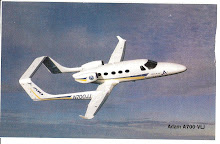

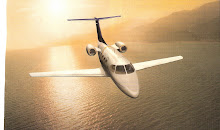


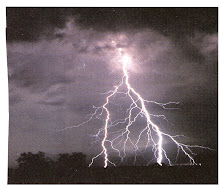

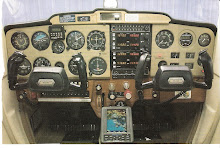
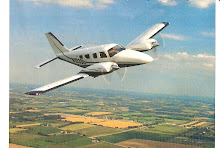
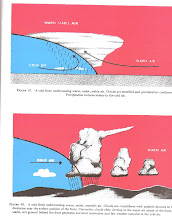
No comments:
Post a Comment